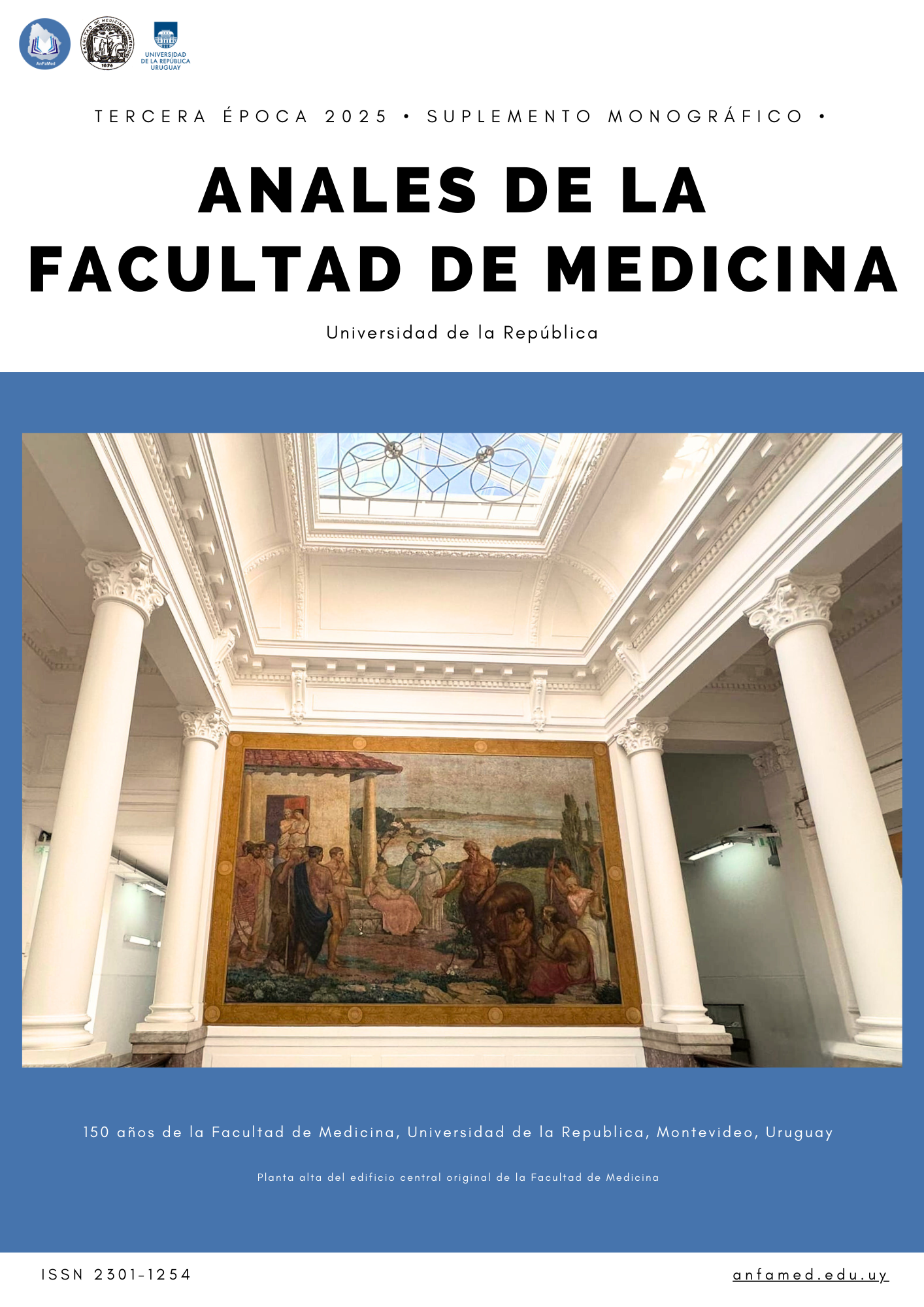The study of ionotropic receptors Ir21a, Ir25a y Ir93a in Drosophila melanogaster
Abstract
Many animals have thermosensory systems to avoid extreme temperatures, and also to find optimal temperatures. These systems are used by disease vector insects to locate their prey, such as mosquitoes, responsible for more than 700,000 deaths per year (1, 2).
The study of sensory systems in insects can provide clues to combat these vectors, as well as progress in the development of deterrent techniques to contain hematophages (3). In this project, the Drosophila melanogaster experimental model was used to study thermosensitive neurons (4).
There are fruit fly lines that allow the expression of GFP in the cells that express the receptors under study, in this way the expression patterns of receptors were studied in both larva and adult of this species using fluorescence and confocal microscopy. The calcium imaging technique was used for the physiological recording of thermosensitive neurons against temperature changes. Changes in fluorescence intensity dependent on temperature changes could be observed. Finally, a prediction of the structure of these receptors was carried out using different in silico techniques (5, 6).
Downloads
References
WHO, WH O. A global brief on vector-borne diseases. World Health Organization Geneva; 2014.
Fleischer J, Pregitzer P, Breer H, Krieger J. Access to the odor world: olfactory receptors and their role for signal transduction in insects. Cell Mol Life Sci. 2018;75(3):485-508.
Sengupta P, Garrity P. Sensing temperature. Curr Biol. 2013;23(8):R304-7.
Ni L, Klein M, Svec KV, Budelli G, Chang EC, Ferrer AJ, et al. The Ionotropic Receptors IR21a and IR25a mediate cool sensing in Drosophila. Elife. 2016;5.
Abramson J, Adler J, Dunger J, Evans R, Green T, Pritzel A, et al. Accurate structure prediction of biomolecular interactions with AlphaFold 3. Nature.2024;630(8016):493-500.
Jumper J, Evans R, Pritzel A, Green T, Figurnov M, Ronneberger O, et al. Highly accurate protein structure prediction with AlphaFold. Nature. 2021;596(7873):583-9.
Koon AC, Chan HY. Drosophila melanogaster As a Model Organism to Study RNA Toxicity of Repeat Expansion-Associated Neurodegenerative and Neuromuscular Diseases. Front Cell Neurosci. 2017;11:70.
Julius D. TRP channels and pain. Annu Rev Cell Dev Biol. 2013;29:355-84.
Hamada FN, Rosenzweig M, Kang K, Pulver SR, Ghezzi A, Jegla TJ, et al. An internal thermal sensor controlling temperature preference in Drosophila. Nature. 2008;454(7201):217-20.
Ni L, Bronk P, Chang EC, Lowell AM, Flam JO, Panzano VC, et al. A gustatory receptor paralogue controls rapid warmth avoidance in Drosophila. Nature. 2013;500(7464):580-4.
Chiang MH, Lin YC, Wu T, Wu CL. Thermosensation and Temperature Preference: From Molecules to Neuronal Circuits in Drosophila. Cells. 2023;12(24).
Knecht ZA, Silbering AF, Ni L, Klein M, Budelli G, Bell R, et al. Distinct combinations of variant ionotropic glutamate receptors mediate thermosensation and hygrosensation in Drosophila. Elife. 2016;5.
Hernandez-Nunez L, Chen A, Budelli G, Berck ME, Richter V, Rist A, et al. Synchronous and opponent thermosensors use flexible cross-inhibition to orchestrate thermal homeostasis. Sci Adv. 2021;7(35).
Altner H, Tichy H, Altner I. Lamellated outer dendritic segments of a sensory cell within a poreless thermo- and hygroreceptive sensillum of the insect Carausius morosus. Cell Tissue Res. 1978;191(2):287-304.
Schneider ES, Kleineidam CJ, Leitinger G, Romer H. Ultrastructure and electrophysiology of thermosensitive sensilla coeloconica in a tropical katydid of the genus Mecopoda (Orthoptera, Tettigoniidae). Arthropod Struct Dev.
;47(5):482-97.
Budelli G, Ni L, Berciu C, van Giesen L, Knecht ZA, Chang EC, et al. Ionotropic Receptors Specify the Morphogenesis of Phasic Sensors Controlling Rapid Thermal Preference in Drosophila. Neuron. 2019;101(4):738-47 e3.
Rimal S, Lee Y. The multidimensional ionotropic receptors of Drosophila melanogaster. Insect Mol Biol. 2018;27(1):1–7.
Jones WD. The expanding reach of the GAL4/UAS system into the behavioral neurobiology of Drosophila. BMB Rep. 2009;42(11):705-12.
Fernandez-Chiappe F, Muraro NI. Patch-Clamping Fly Brain Neurons. Cold Spring Harb Protoc. 2022;2022(8):Pdb top107796.
Brand AH, Perrimon N. Targeted gene expression as a means of altering cell fates and generating dominant phenotypes. Development. 1993;118(2):401-15.
Zhang J, Zhang M, Wang Q, Wen H, Liu Z, Wang F, et al. Distinct structure and gating mechanism in diverse NMDA receptors with GluN2C and GluN2D subunits. Nat Struct Mol Biol. 2023;30(5):629-39.
Zhao Y, Chen S, Swensen AC, Qian WJ, Gouaux E. Architecture and subunit arrangement of native AMPA receptors elucidated by cryo-EM. Science. 2019;364(6438):355-62.
Tyrrell JJ, Wilbourne JT, Omelchenko AA, Yoon J, Ni L. Ionotropic Receptordependent cool cells control the transition of temperature preference in Drosophila larvae. PLoS Genet. 2021;17(4):e1009499.
Greppi C, Laursen WJ, Budelli G, Chang EC, Daniels AM, van Giesen L, et al. Mosquito heat seeking is driven by an ancestral cooling receptor. Science. 2020;367(6478):681-4.
Copyright (c) 2025 Catalina Troncone, Carolina Abreu, Nicolás Arrionda, Victoria Basedas, Milagros Benitez, Mariana Di Doménico, Gonzalo Budelli, Santiago Sastre

This work is licensed under a Creative Commons Attribution 4.0 International License.
The authors retain their copyright and assign to the journal the right of first publication of their work, which will be simultaneously subject to the Creative Commons Attribution 4.0 International License. that allows sharing the work as long as the initial publication in this magazine is indicated.














